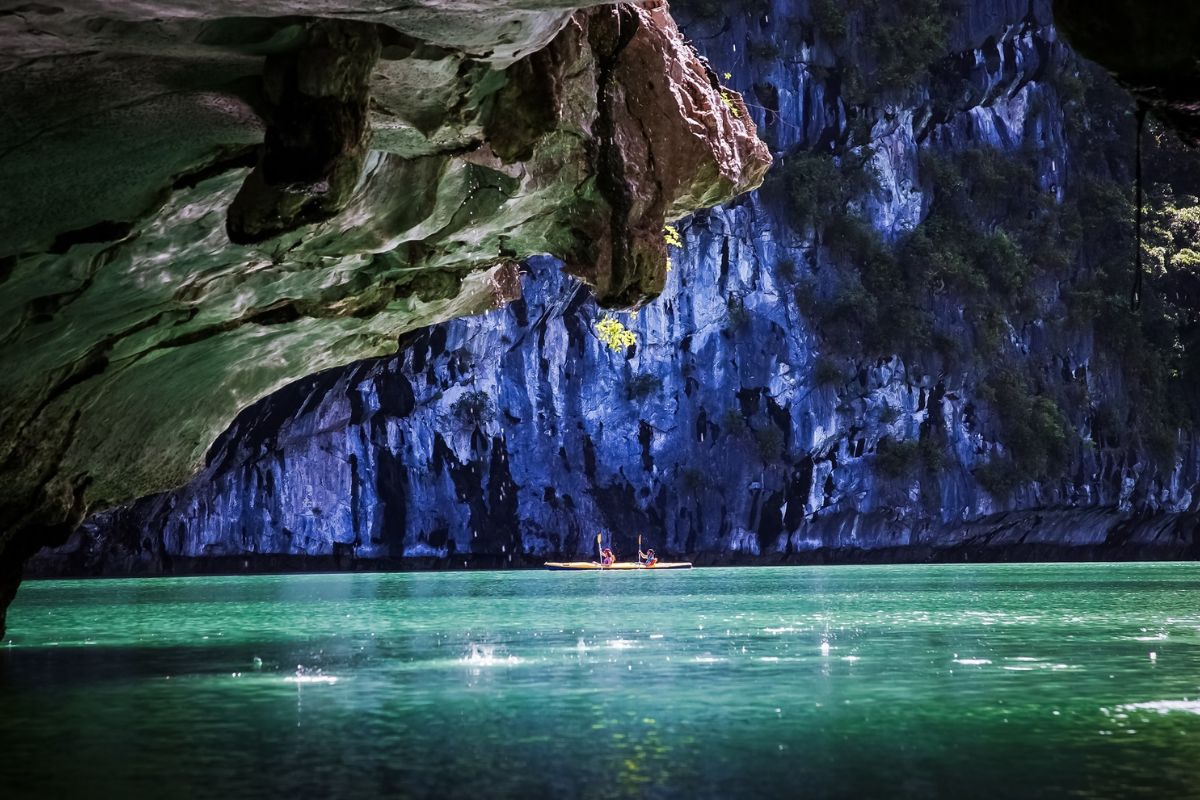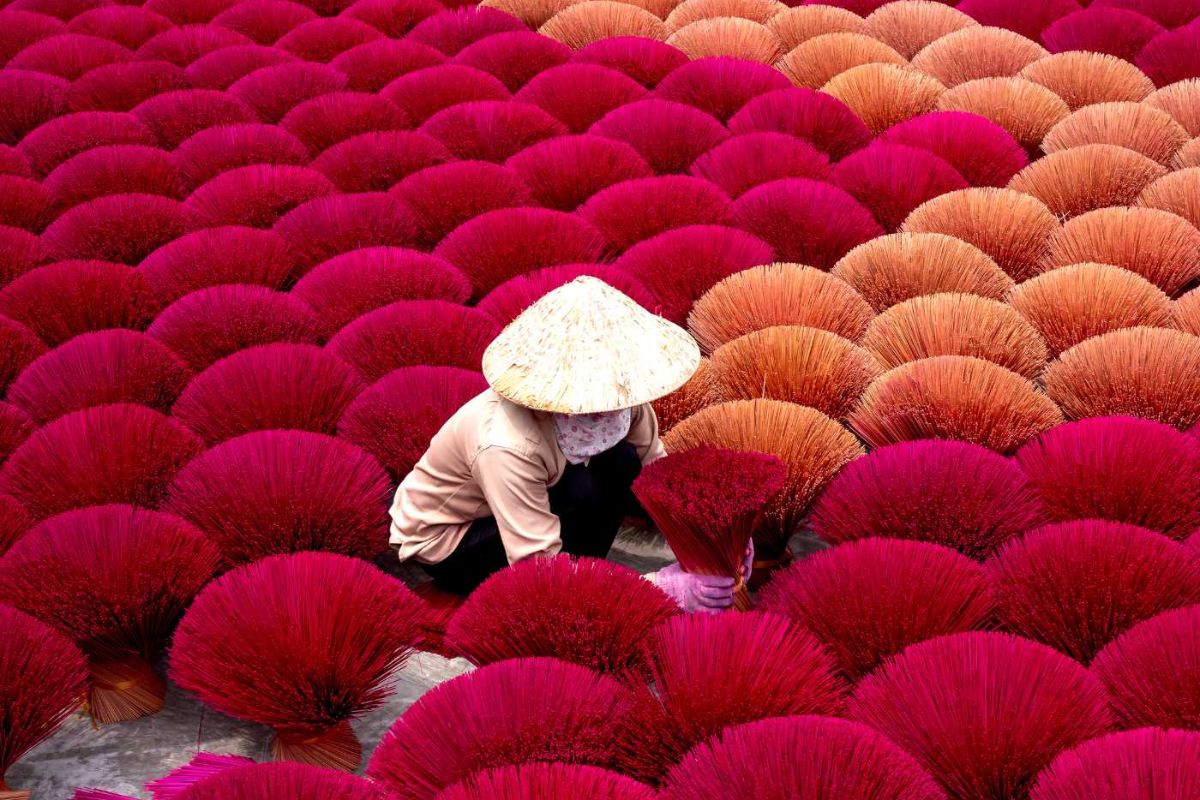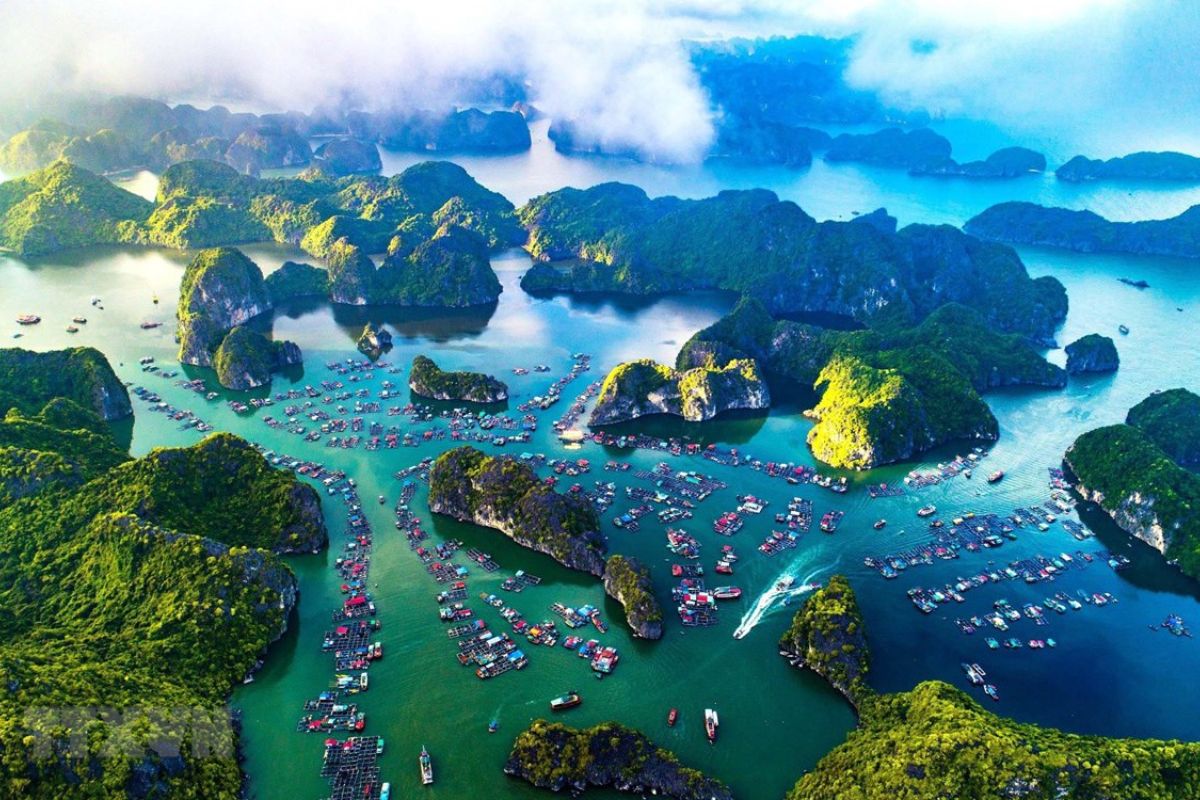5 Essential steps for Vietnam tour plan
1. Determine the best time to visit Vietnam
Vietnam’s climate varies significantly across its three regions: North, Central, and South.
- Northern Vietnam (Hanoi, Sapa, Halong Bay): October to April is ideal, with cooler, drier weather perfect for trekking and sightseeing.
- Central Vietnam (Hoi An, Hue, Da Nang): February to August offers warm, sunny conditions for beachgoers and cultural explorers.
- Southern Vietnam (Ho Chi Minh City, Mekong Delta): December to April is the dry season, providing pleasant weather for outdoor activities.
Consider your interests when choosing a travel time. For example, adventurers might prefer the cool mist of Northern Vietnam in winter, while beach lovers may opt for the sunny shores of Central Vietnam in summer.
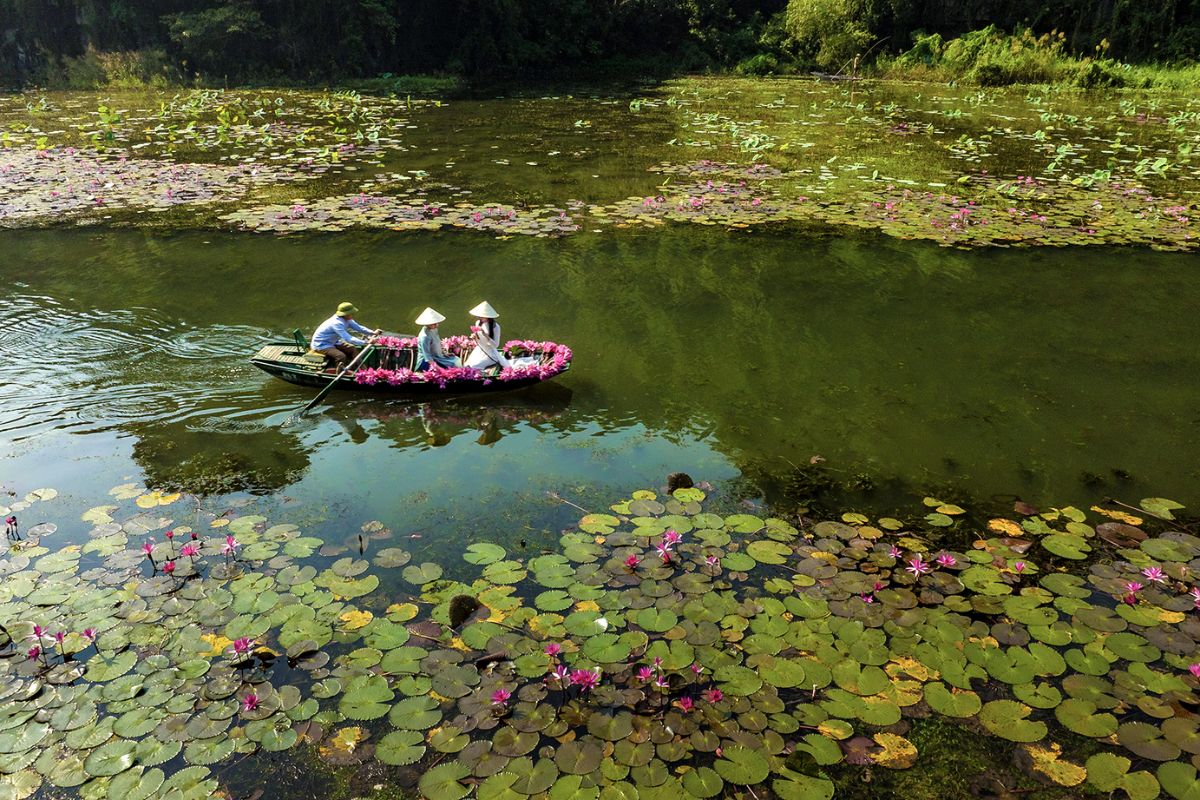
2. Set your travel budget
Setting a realistic budget is a key part of any Vietnam travel plan. Vietnam is known for its affordability, but your spending will depend on your preferences:
- Accommodation: Budget travelers can find hostels and homestays for as low as $10 per night, while luxury resorts cost $100 or more.
- Transportation: Domestic flights, trains, and buses are economical, with costs ranging from $10 to $50 depending on the distance.
- Food and Activities: Street food meals cost around $2–$5, and guided tours range from $20–$100.
Budget carefully for activities like Halong Bay cruises or trekking tours in Sapa, as these can add significantly to your expenses.
3. Choose Where You Go
Your choice of destinations will shape your Vietnam tour plan. The country’s diversity offers plenty of options:
- Northern highlights like Hanoi, Ha Giang, and Halong Bay for natural and cultural experiences.
- Central gems like Hoi An and Hue for historical exploration.
- Southern spots like Ho Chi Minh City and the Mekong Delta for urban vibrance and rural tranquility.
Plan your route based on your interests and the duration of your trip. A two-week tour might include all three regions, while a shorter trip could focus on one or two.
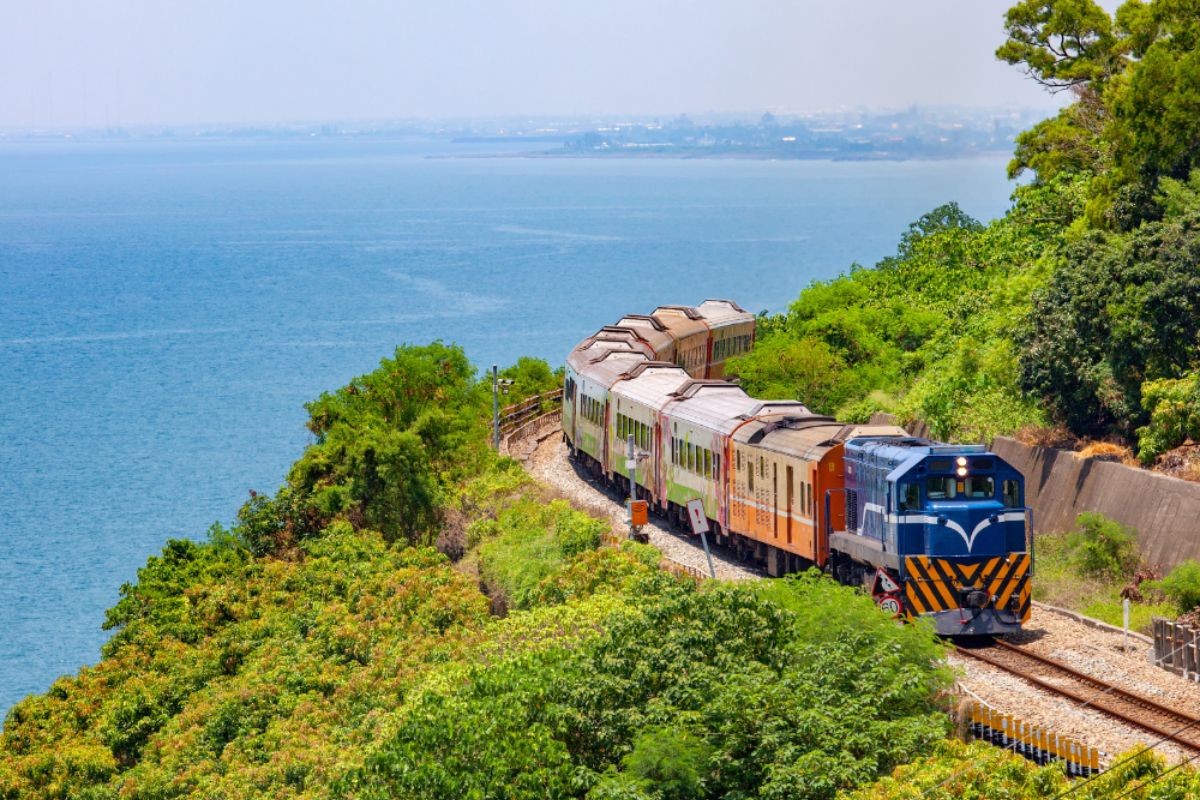
4. Book Transportation and Accommodation
- Transportation: Domestic flights are ideal for long distances, while trains offer scenic journeys. Buses and motorbikes are perfect for short distances.
- Accommodation: Book early for popular destinations like Halong Bay or Hoi An, especially during peak seasons. Options range from budget hostels to luxury resorts.
5. Plan Daily Activities and Tours
Outline your itinerary to maximize your time. Research guided tours and local experiences to enrich your visit. Include downtime for relaxation and unplanned exploration to fully enjoy the local vibe.
Top destinations to include in your Vietnam tour plan
Hanoi
Vietnam’s capital captivates visitors with its blend of French colonial architecture, ancient temples, and modern Vietnamese life. The Old Quarter’s 36 streets offer endless exploration opportunities, each historically dedicated to specific trades.
Key experiences include visiting the Temple of Literature, exploring Hoan Kiem Lake area, and sampling street food at Dong Xuan Market. Allow at least three days to absorb Hanoi’s atmosphere and visit major attractions.
Halong Bay
This UNESCO World Heritage site features thousands of limestone islands rising dramatically from emerald waters. Overnight cruises offer the best experience, allowing you to explore caves, kayak through hidden lagoons, and witness stunning sunsets.
Choose between the busier Halong Bay or the quieter Bai Tu Long Bay for a more secluded experience. Most cruises depart from Hanoi, making it easy to incorporate into your northern Vietnam itinerary.

Ha Giang
Vietnam’s northernmost province offers the country’s most spectacular mountain scenery. The Ha Giang Loop, a 350-kilometer motorcycle circuit, takes riders through dramatic landscapes and minority villages.
Visit during October-November or March-April for optimal weather conditions. The loop typically requires 3-4 days, with stops in Dong Van, Meo Vac, and other mountain towns.
Ho Chi Minh City
The southern metropolis pulses with energy, offering visitors a glimpse of Vietnam’s rapid development alongside historical sites. The city’s French colonial architecture, war museums, and bustling markets provide diverse experiences.
Must-visit sites include the War Remnants Museum, Notre-Dame Cathedral, and Ben Thanh Market. Use the city as a base for day trips to the Cu Chi Tunnels and Mekong Delta.
Hoi An
This ancient trading port charms visitors with its well-preserved architecture, colorful lanterns, and excellent cuisine. The pedestrian-friendly old town makes exploration a joy, especially during the monthly lantern festival.
Beyond the historic center, find beautiful beaches and organic farms. Don’t miss the opportunity to have clothing custom-made by local tailors.
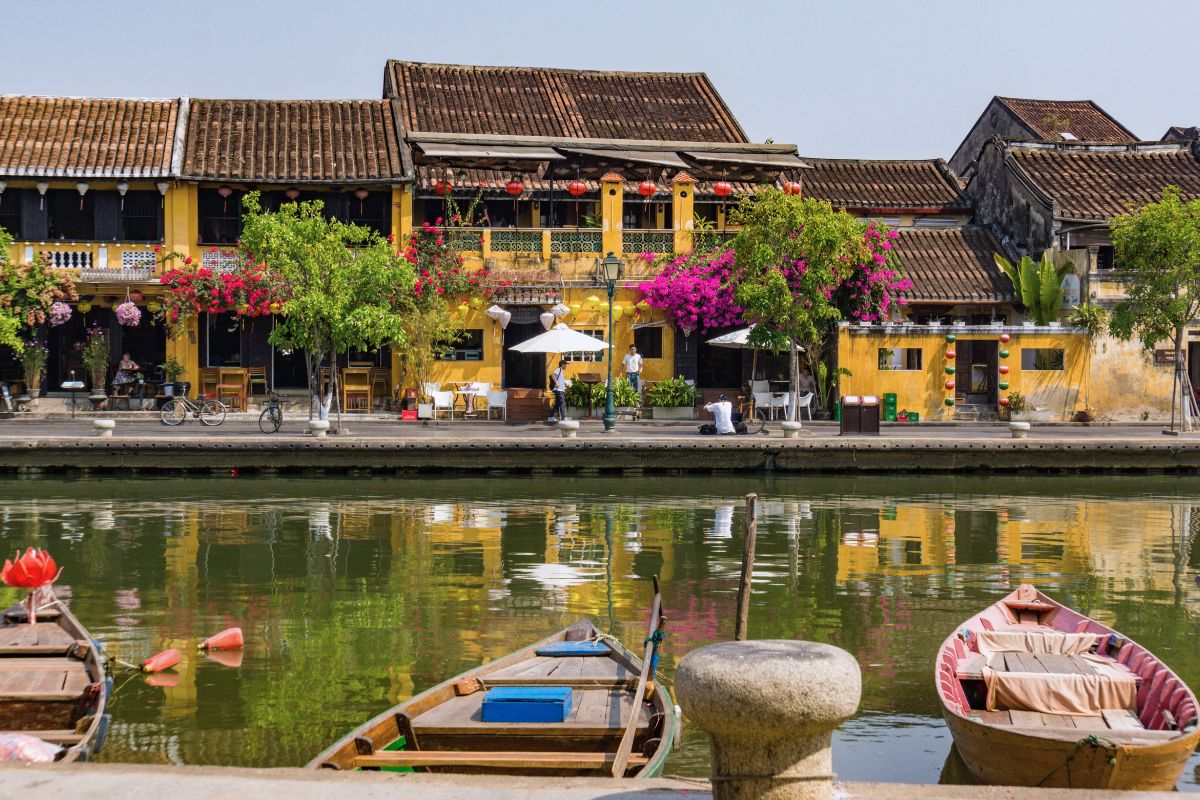
Nha Trang
Vietnam’s premier beach destination combines city conveniences with coastal relaxation. The six-kilometer beach offers water sports, while nearby islands provide snorkeling and diving opportunities.
Visit the Po Nagar Cham Towers for cultural insights, and enjoy fresh seafood at local restaurants. The city serves as a perfect break between cultural sightseeing.
Tips for a seamless Vietnam travel plan
- Pack Smart: Bring versatile clothing for varying climates and comfortable shoes for walking.
- Stay Connected: Purchase a local SIM card or eSIM for internet access and navigation.
- Learn Basic Vietnamese Phrases: Simple greetings and phrases can go a long way in connecting with locals.
- Understand Visa Requirements: Ensure you have the necessary visa based on your nationality.
- Stay Flexible: Allow room for spontaneity in your itinerary to accommodate unforeseen opportunities or weather changes.
FAQs about planning a trip to Vietnam
How much does a Vietnam tour plan cost?
Costs vary widely, but a budget traveler can expect to spend around $30–$50 per day, while luxury travelers may spend upwards of $150 per day.
What’s the best time of year for planning a trip to Vietnam?
October to April is generally ideal, offering cooler, drier weather across most regions.
How many days are needed to explore Vietnam?
Two weeks is perfect for a comprehensive trip covering the North, Central, and South. For shorter trips, focus on specific regions.
Is Vietnam safe for travelers?
Vietnam is generally safe, with friendly locals and low crime rates. As with any destination, take standard precautions.
What should I include in my Vietnam travel plan?
Include key destinations, accommodations, transportation, activities, and budget considerations to ensure a smooth trip.
Creating a detailed Vietnam tour plan is the key to an unforgettable journey through this enchanting country. From its scenic landscapes to its rich cultural heritage, Vietnam promises a travel experience like no other. If you’re ready to embark on this adventure, let Asia Encounter guide you with expertly curated tours tailored to your preferences. Start planning your dream trip to Vietnam today!
